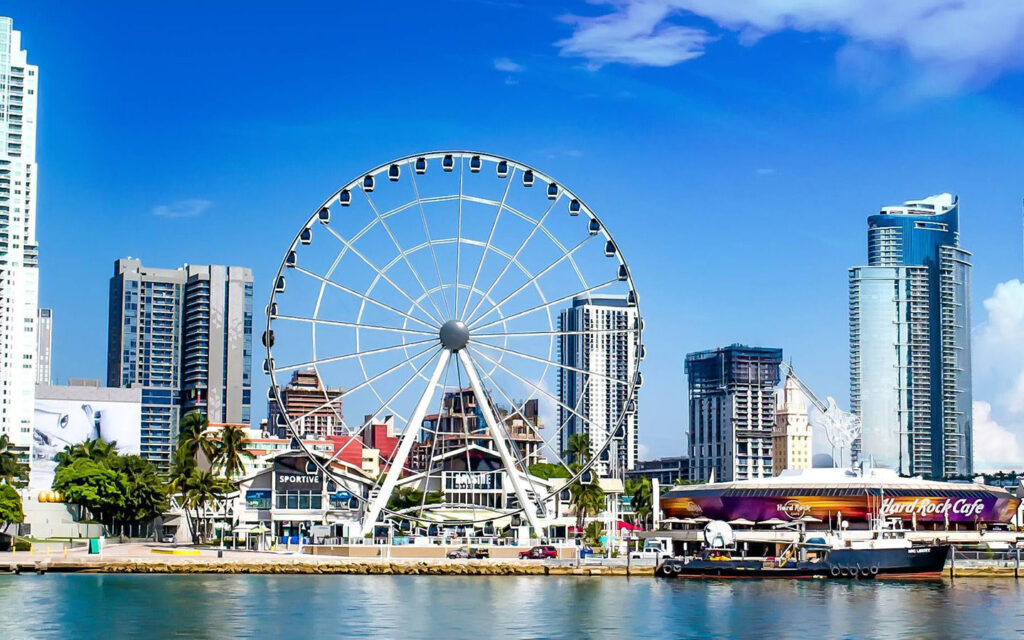Navigating the Challenges of Miami’s Shrinking Population: Implications and Solutions for a Resilient Economy
Miami, Florida, has long been a popular destination for immigrants and tourists alike. The city’s warm weather, beautiful beaches, and vibrant culture have made it a magnet for people worldwide. However, in recent years, Miami’s population has been shrinking. As of July 2022, Miami-Dade had 2.67 million residents, a drop of 27,925 people from 2.7 million people in April 2020. This population drop was the largest among Florida’s 67 counties. This trend is expected to continue, with some projections showing that Miami’s population could decline by as much as 20% by 2040.
Several factors have contributed to Miami’s shrinking population. One factor is the rising cost of living. Miami is one of the most expensive cities in the United States, and the cost of housing, transportation, and healthcare has all been rising in recent years. This has made it difficult for some people to afford to live in Miami, especially those who are on a fixed income.
Another factor that has contributed to Miami’s shrinking population is the changing climate. Miami is located in a hurricane-prone area, and the city has been hit by a number of major storms in recent years. These storms have caused widespread damage, and some people have decided to leave Miami because they are concerned about the city’s vulnerability to climate change.
The shrinking population in Miami has many negative impacts on the city’s economy. One impact is that it is making it difficult for businesses to find workers. Miami is a major tourist destination, and the hospitality industry is a major employer in the city. However, the shrinking population makes it harder for hotels and restaurants to find enough workers to staff their businesses.
Another impact of the shrinking population is that it is reducing tax revenue. Miami relies on property taxes and sales taxes to fund its government operations. However, the shrinking population leads to declining property values and sales tax revenue. This is putting a strain on the city’s budget, making it difficult for the city to provide essential services.
The shrinking population in Miami is a challenge, but it is manageable. If the city takes steps to address the underlying issues now, it can reverse this trend and ensure the future of Miami’s economy. To mitigate the economic impact of Miami’s shrinking population, local authorities, and policymakers should consider implementing the following strategies:
1. Affordable Housing Initiatives: Implementing measures to increase the supply of affordable housing can help retain residents and attract new ones. This might include incentivizing developers to build more affordable housing units and creating affordable housing programs for low and middle-income families.
2. Diversifying the Economy: Reducing the city’s reliance on tourism and real estate can make Miami’s economy more resilient to population fluctuations. Encouraging the growth of diverse industries such as technology, healthcare, and creative sectors can create job opportunities and attract a broader range of residents.
3. Education and Workforce Development: Investing in education and workforce development can improve the city’s human capital and attract skilled professionals. By collaborating with local universities and vocational institutions, Miami can ensure its residents have the necessary skills to thrive in a competitive job market.
4. Entrepreneurship and Small Business Support: Fostering a favorable environment for entrepreneurship and small businesses can drive economic growth and create job opportunities. Initiatives like business incubators, grants, and access to funding can support local entrepreneurs and encourage innovation.
In addition to the economic impacts mentioned above, the shrinking population in Miami is also having a number of social and environmental impacts.
Social impacts: The shrinking population is leading to a decline in the diversity of Miami’s population. This is because many of the people who are leaving Miami are immigrants and people of color. The decline in diversity is having a negative impact on Miami’s culture and its sense of community.
Environmental impacts: The shrinking population is leading to an increase in the amount of vacant land in Miami. This vacant land is becoming a haven for mosquitoes and other pests, which is increasing the risk of disease. The vacant land also contributes to the urban heat island effect, making Miami hotter and more humid.
Miami’s shrinking population is a complex issue with significant economic ramifications. The city must take proactive steps to address the root causes of this demographic decline and develop comprehensive strategies to stimulate economic growth, improve housing affordability, and enhance overall quality of life for its residents. By doing so, Miami can rise to the challenge and secure a more prosperous and sustainable future for itself and its citizens.
Follow David on Medium.com, Newsbreak.com or his personal blog for more stories on the economy, news, business, finance, artificial intelligence, and more.
David Coggins is an independent writer informing readers about local business news. He has no affiliation with the business or organization featured in this story. Send inquiries, info, or corrections to info@davidcoggins.blog

